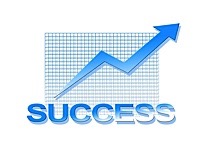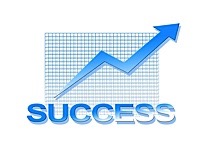
ScienceDaily (Aug. 5, 2011) — New York University neuroscientists have identified the parts of the brain we use to remember the timing of events within an episode. The study, which appears in the latest issue of the journal Science, enhances our understanding of how memories are processed and provides a potential roadmap for addressing memory-related afflictions.
Previous research has shown the brain's medial temporal lobe (MTL) has a significant role in declarative memory -- that is, memory of facts and events or episodes. Past studies have shown that damage to the MTL causes impairment in memory for the timing of events within an episode. More specifically, declarative memory is impaired in patients suffering from Alzheimer's Disease. However, little is known about how individual structures within the MTL remember information about "what happened when" within a particular episode, such as the order of the toasts at a wedding reception or what preceded a game-winning hit in a baseball game.



















